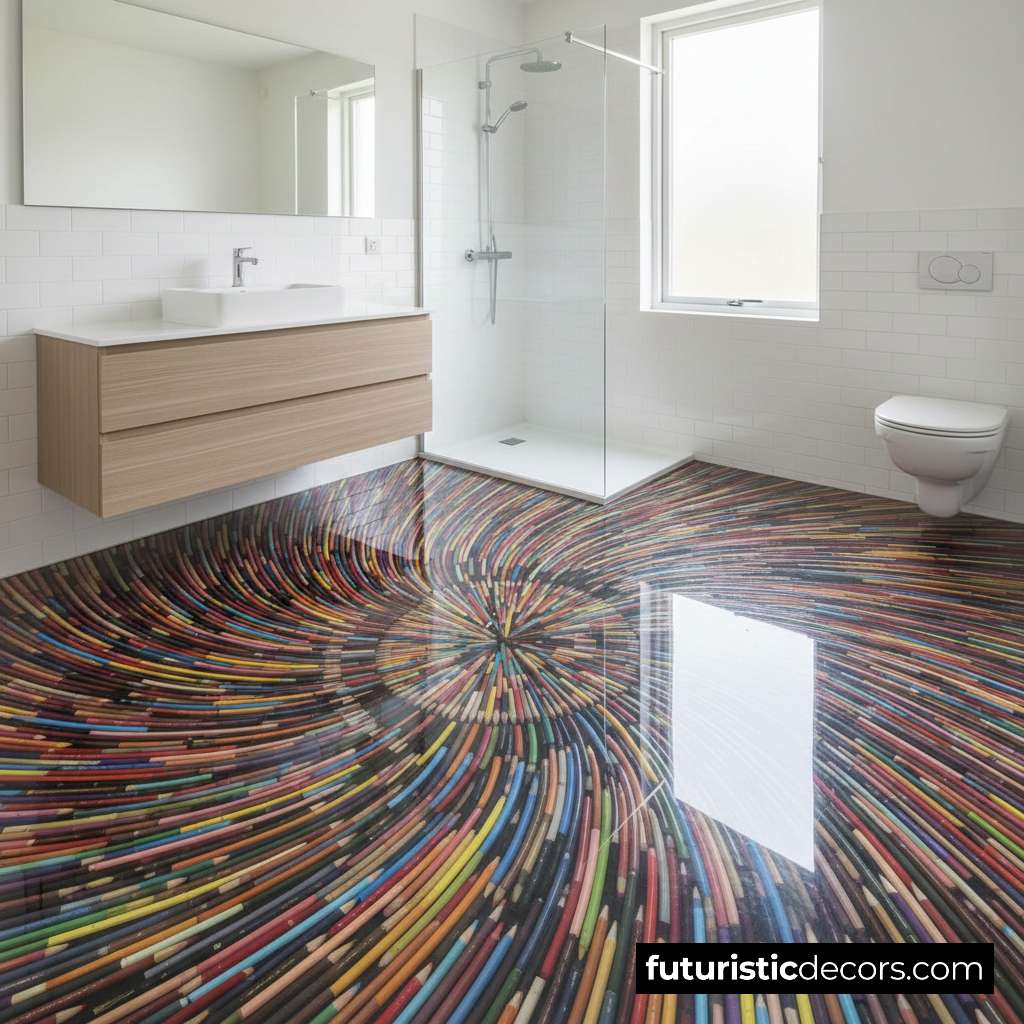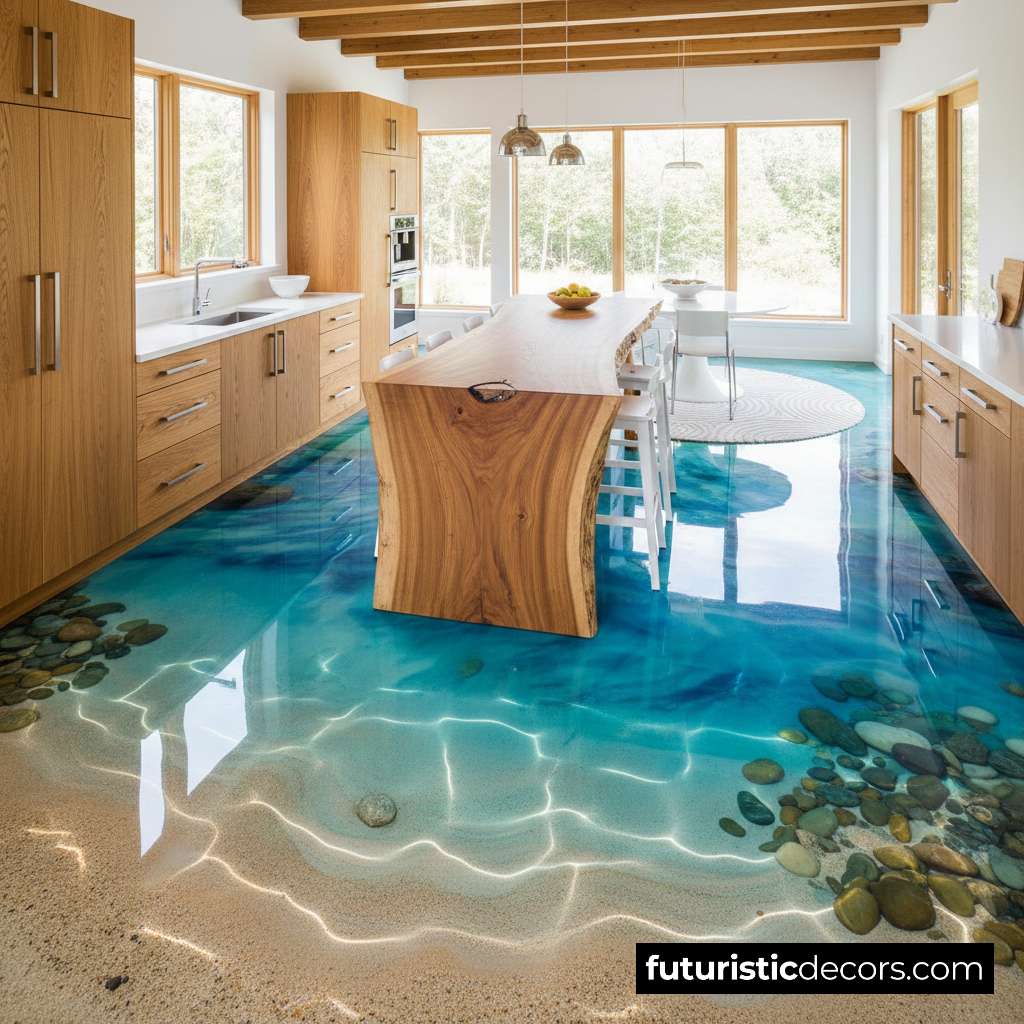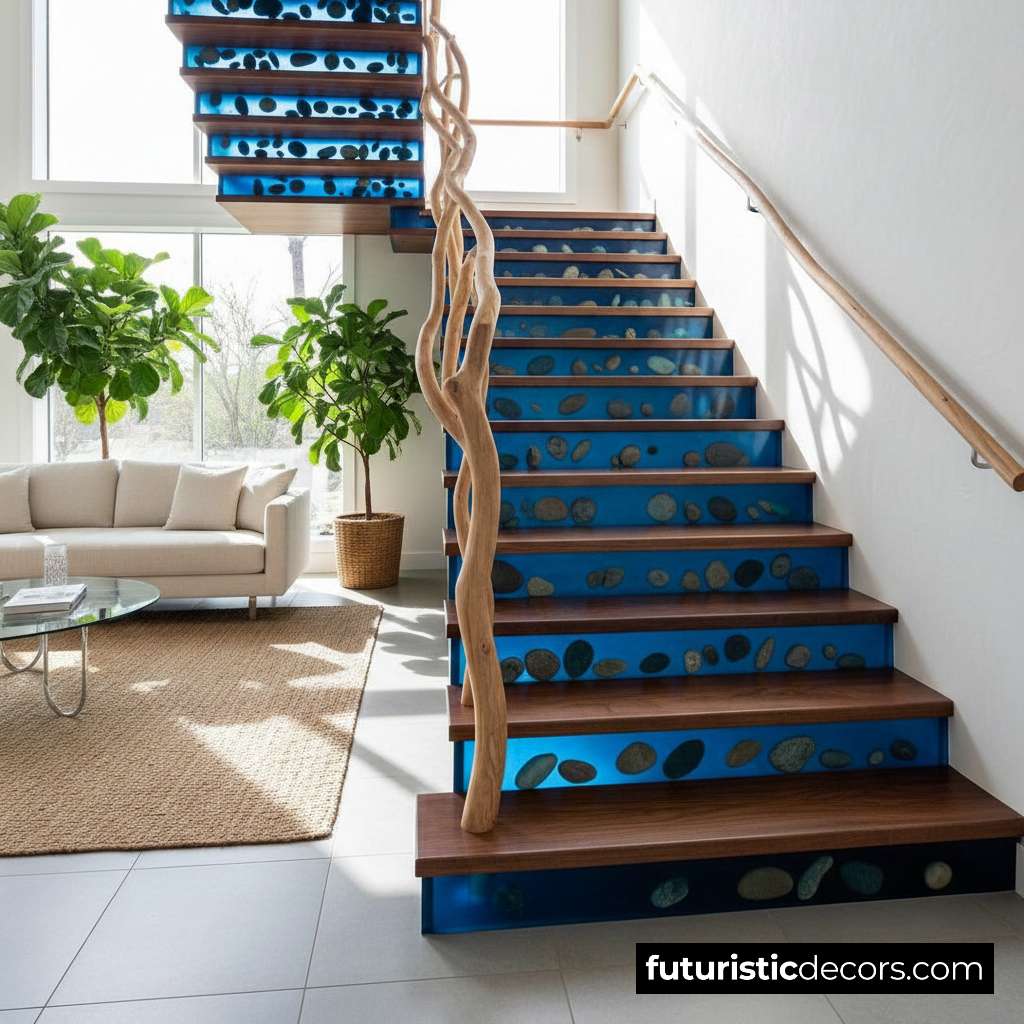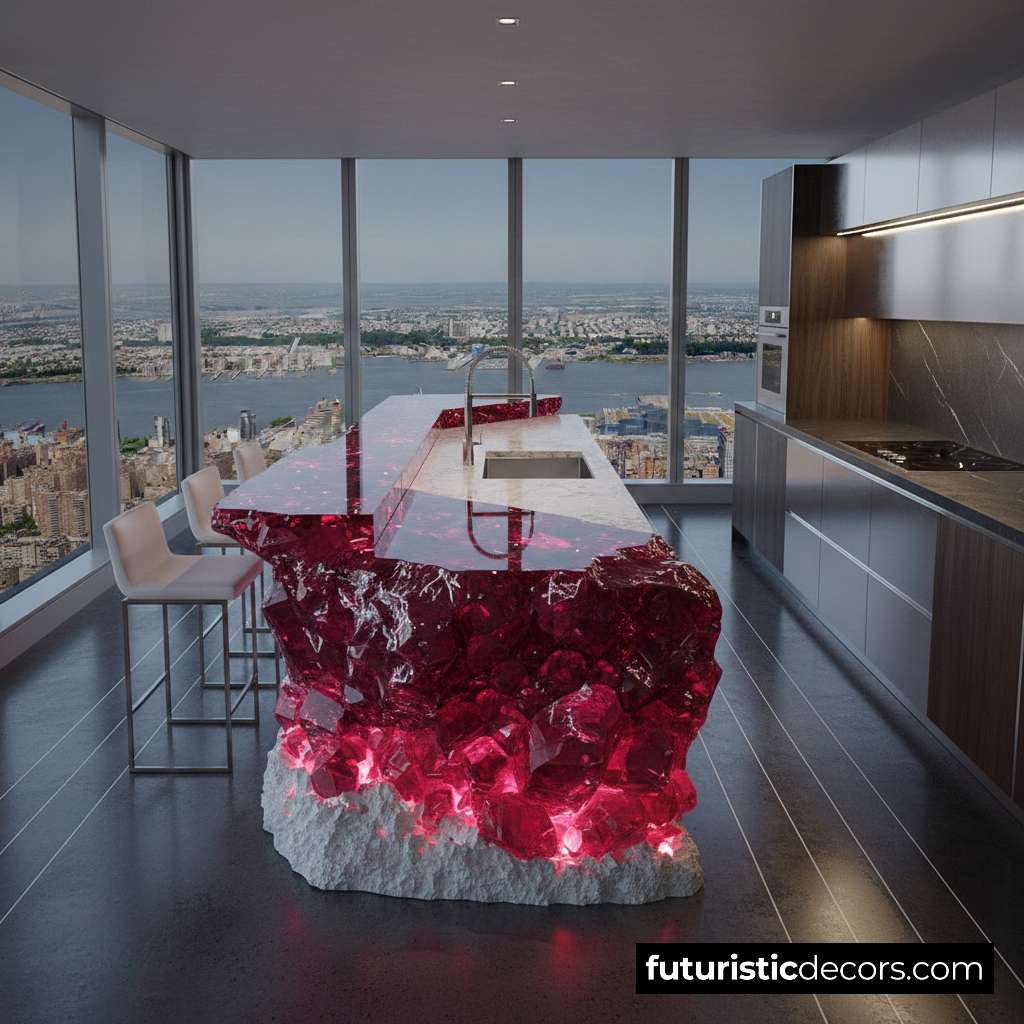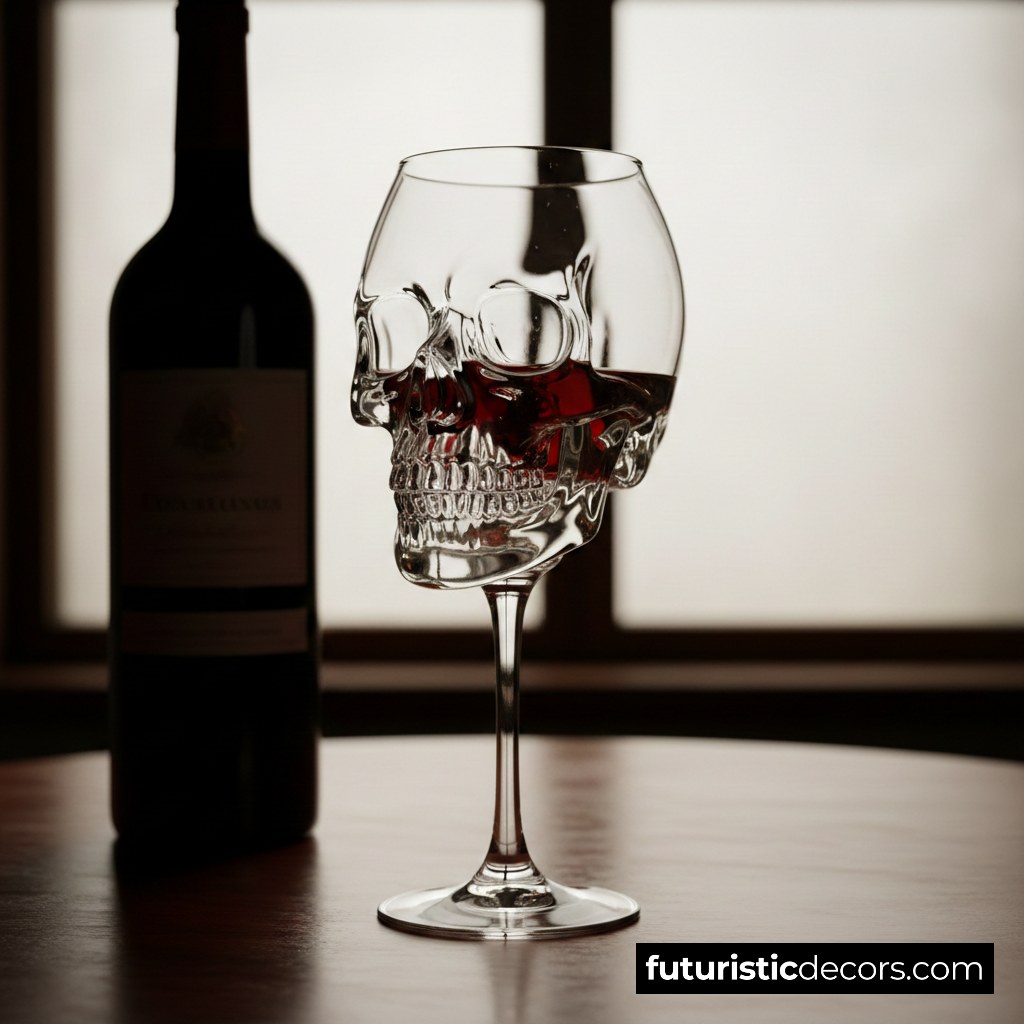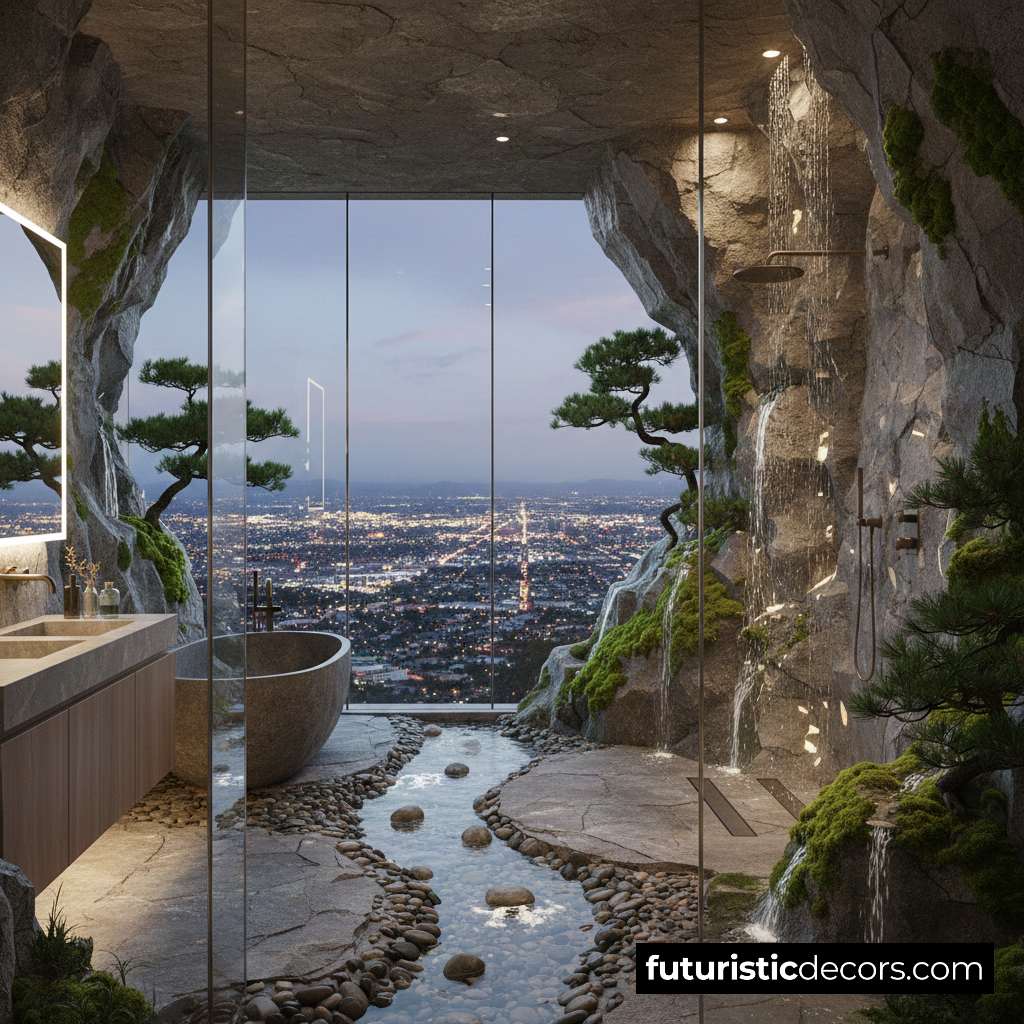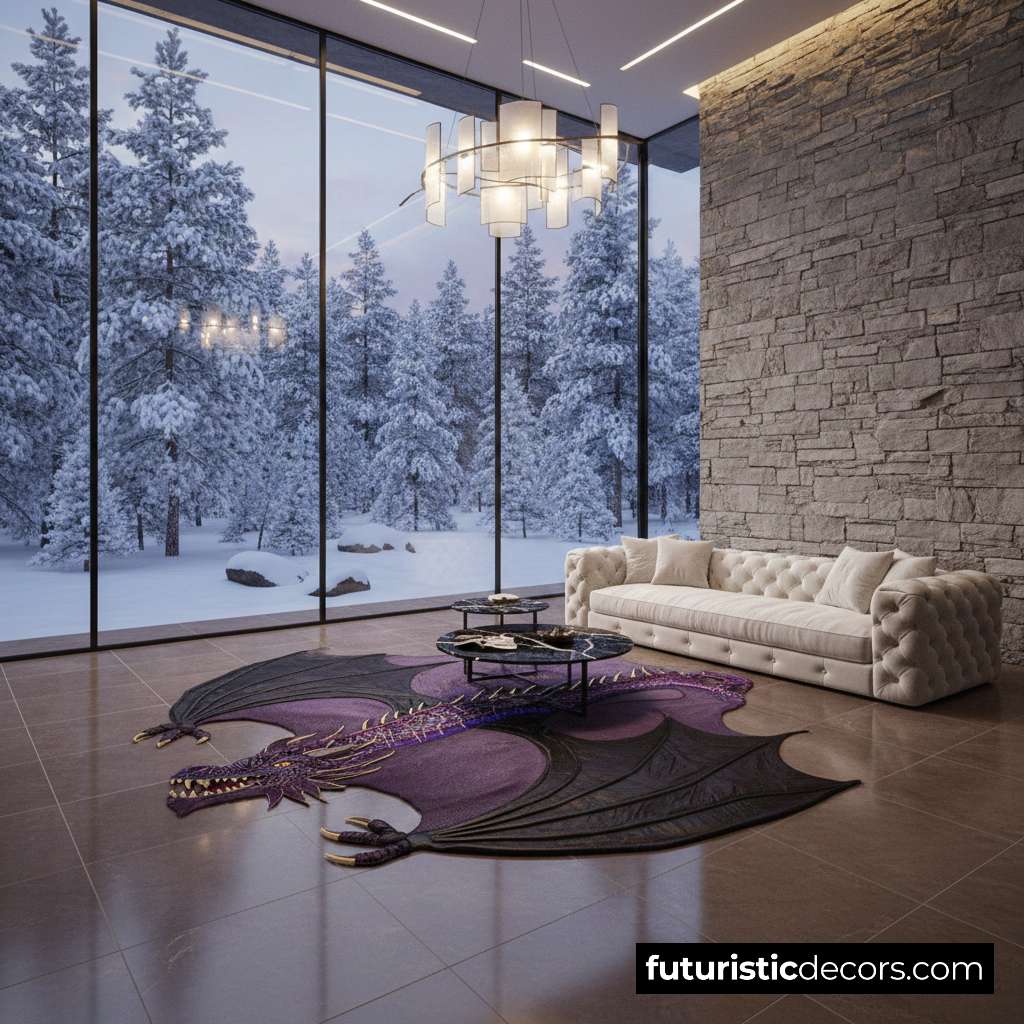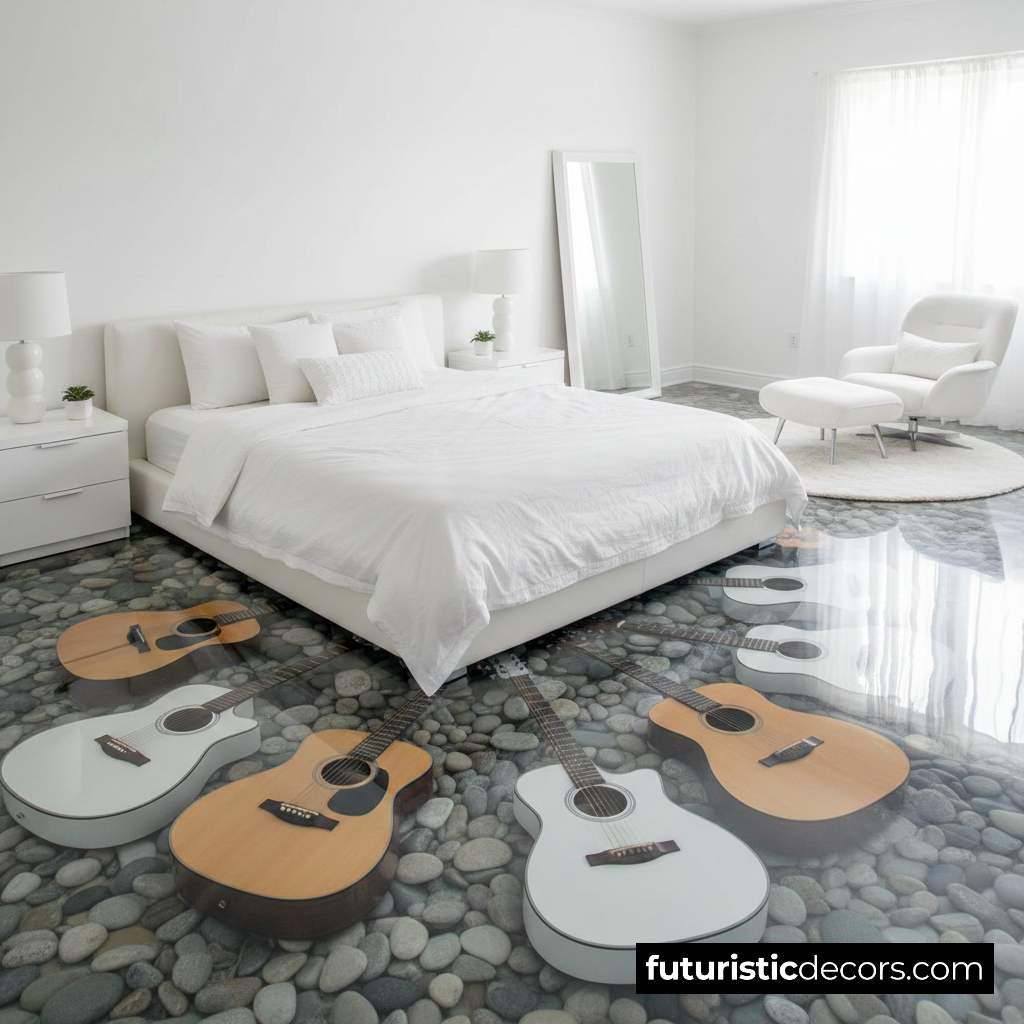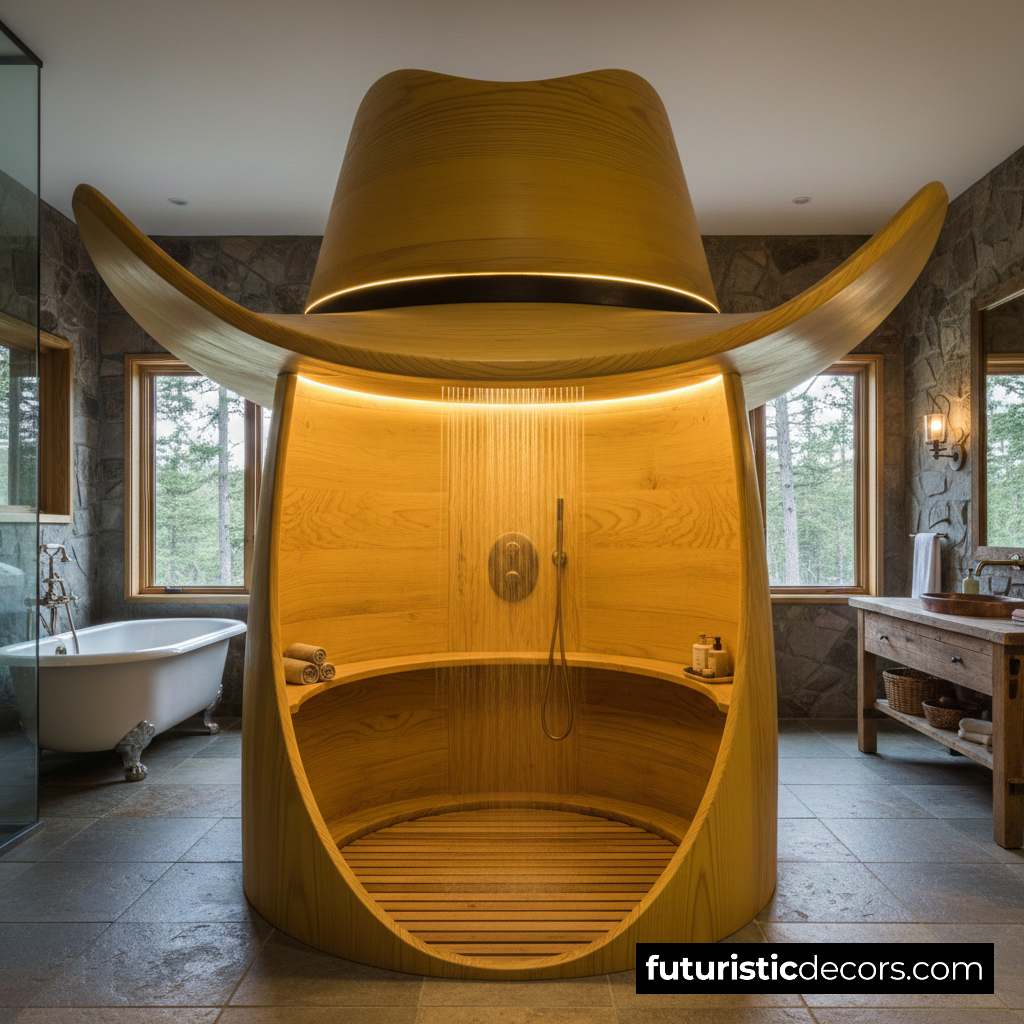In the ever-evolving world of interior design, architectural elements have moved far beyond mere functionality. Today, design choices are increasingly about creating an immersive, transformative experience that speaks to personal style, innovation, and storytelling. Among these transformative elements, Snake Shaped Staircases have emerged as a visionary trend that promises to revolutionize the aesthetics and dynamics of residential and commercial interiors. Their sinuous, fluid forms bring not only physical movement but also a narrative of metamorphosis, elegance, and creativity into the spaces they inhabit.
The Allure of Snake Shaped Staircases
The concept of a staircase that winds and curves like a snake is both mesmerizing and symbolic. In many cultures, the snake represents transformation, rebirth, and healing. Integrating a Snake Shaped Staircase into your home or office can thus embody these very themes—suggesting continuous growth, adaptability, and the flow of life. The sweeping curves and elegant turns of such a staircase captivate the eye, becoming a centerpiece that invites guests to pause, observe, and appreciate the artistry of architectural design.

Unlike traditional staircases that follow predictable patterns, a Snake Shaped Staircase challenges the norms by introducing unexpected twists and turns. This innovative form breaks the monotony of linear design, offering a dynamic interplay of space and light. As you ascend or descend, each step is not just a step but part of an ongoing journey, a narrative composed of curves that evoke movement, grace, and fluidity.
Design and Inspiration
The creation of a Snake Shaped Staircase is as much an art as it is an engineering feat. Designers draw inspiration from nature, art, and even ancient mythology to craft staircases that mimic the fluidity of a serpent. This design draws on organic shapes and fluid lines, incorporating elements of biomimicry where the aesthetics and functionality of the natural world inform architectural decisions.
Inspiration can stem from the undulating movements of a snake gliding through its environment, where each twist is purposeful and harmonious. The staircase becomes not just a means of movement but an experience—each curve representing a pause, each twist a shift in perspective. Designers often play with varying widths, railing designs, and material choices to accentuate the sensuous flow of the staircase. For example, a railing might spiral upward in a delicate helix, mimicking the scales of a snake, or feature intricate metalwork that reflects light in mesmerizing patterns.
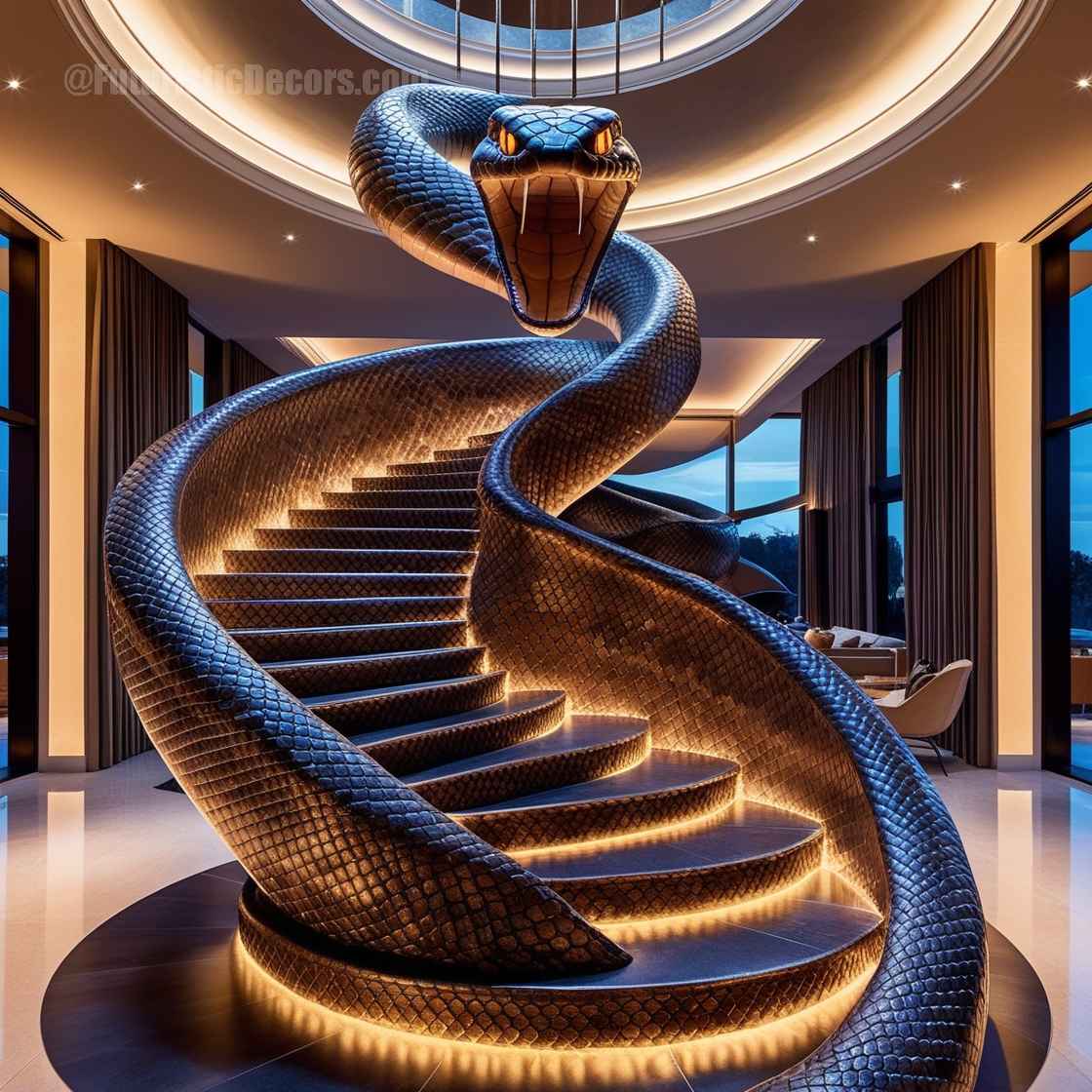
Moreover, these staircases encourage a bold approach to interior design. They invite the use of contrast, such as pairing sleek, modern materials with more organic, tactile elements like polished wood or stone. The interplay of materials can highlight the fluid lines of the staircase while contrasting textures add depth and warmth to the space. Lighting also plays a crucial role in this context. Thoughtfully placed lights along the steps or beneath the overhang of a curved bannister can cast dramatic shadows, emphasizing the sinuous form and creating a play of light reminiscent of sunlight filtering through the branches in a forest where a snake might slither.
The design process often begins with a conceptual sketch, a journey through countless iterations where the staircase is envisioned in various materials and finishes. The objective is to harmonize the staircase with the overall interior, ensuring that it complements the surrounding architecture while standing out as a statement piece. The design must take into account not only aesthetics but also functionality and safety—elements that require careful planning, structural calculations, and sometimes the incorporation of custom solutions that push the boundaries of conventional design.
Architectural Considerations
Constructing a Snake Shaped Staircase is a complex architectural endeavor that requires a deep understanding of both structural integrity and design aesthetics. Architects and builders must work closely to ensure that while the staircase achieves its striking visual appeal, it also adheres to safety standards and functional requirements.
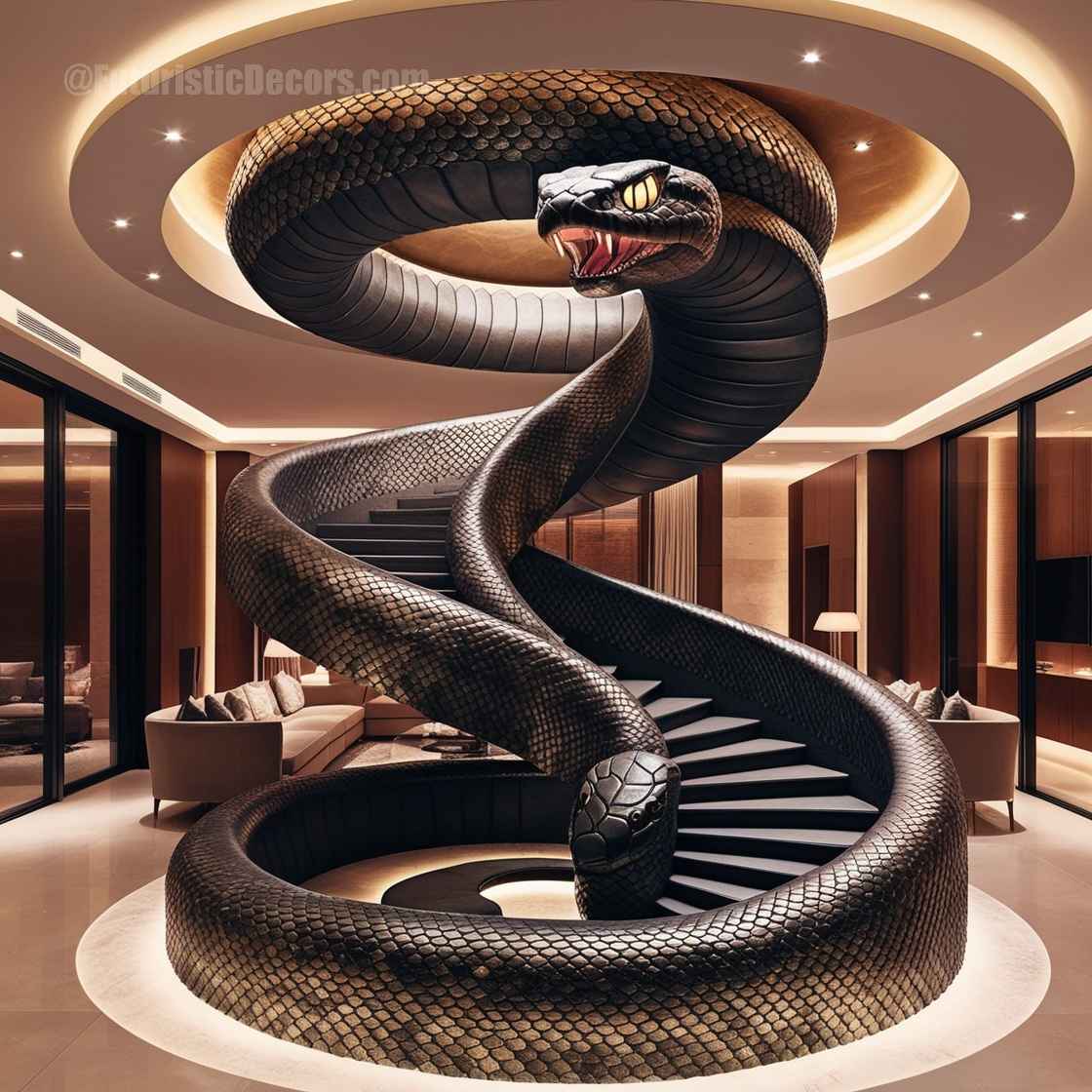
Snake Shaped Staircases often feature varying angles and curves, which mean that traditional rectangular stair design principles may not apply. The distribution of weight, the curvature of each step, the integration of support beams, and the connection points between consecutive flights all necessitate a tailored approach. This bespoke design process might involve advanced computer-aided design (CAD) tools and 3D modeling software that allow architects to simulate the staircase’s behavior under various conditions, ensuring that the final structure is both safe and stable.
One of the architectural challenges is maximizing space efficiency without compromising the staircase’s fluid form. A Snake Shaped Staircase can occupy a smaller footprint compared to a traditional straight staircase, making it ideal for modern spaces where open floor plans and multifunctional areas are preferred. Yet, this compactness does not detract from its grandeur; instead, it elevates the staircase to a sculptural object that draws the eye upward, inviting occupants to explore the space in a non-linear fashion.
Materials and construction techniques play a critical role as well. Reinforced steel, tempered glass, engineered wood, and even exotic materials like stone or resin can be employed to create durable yet graceful forms. The choice of materials can influence not only the aesthetic but also the tactile experience of the staircase, encouraging those who use it to interact with its contours and textures. Moreover, environmental sustainability is becoming an important consideration. Many designers opt for eco-friendly materials or reclaimed wood that adds character while reducing environmental impact, all while maintaining the fluidity and sleekness of a Snake Shaped Staircase.
Material and Techniques
The choice of materials for a Snake Shaped Staircase is paramount in achieving the desired visual impact and structural reliability. Each material brings its own personality, texture, and finish, contributing to the overall aura of the space.
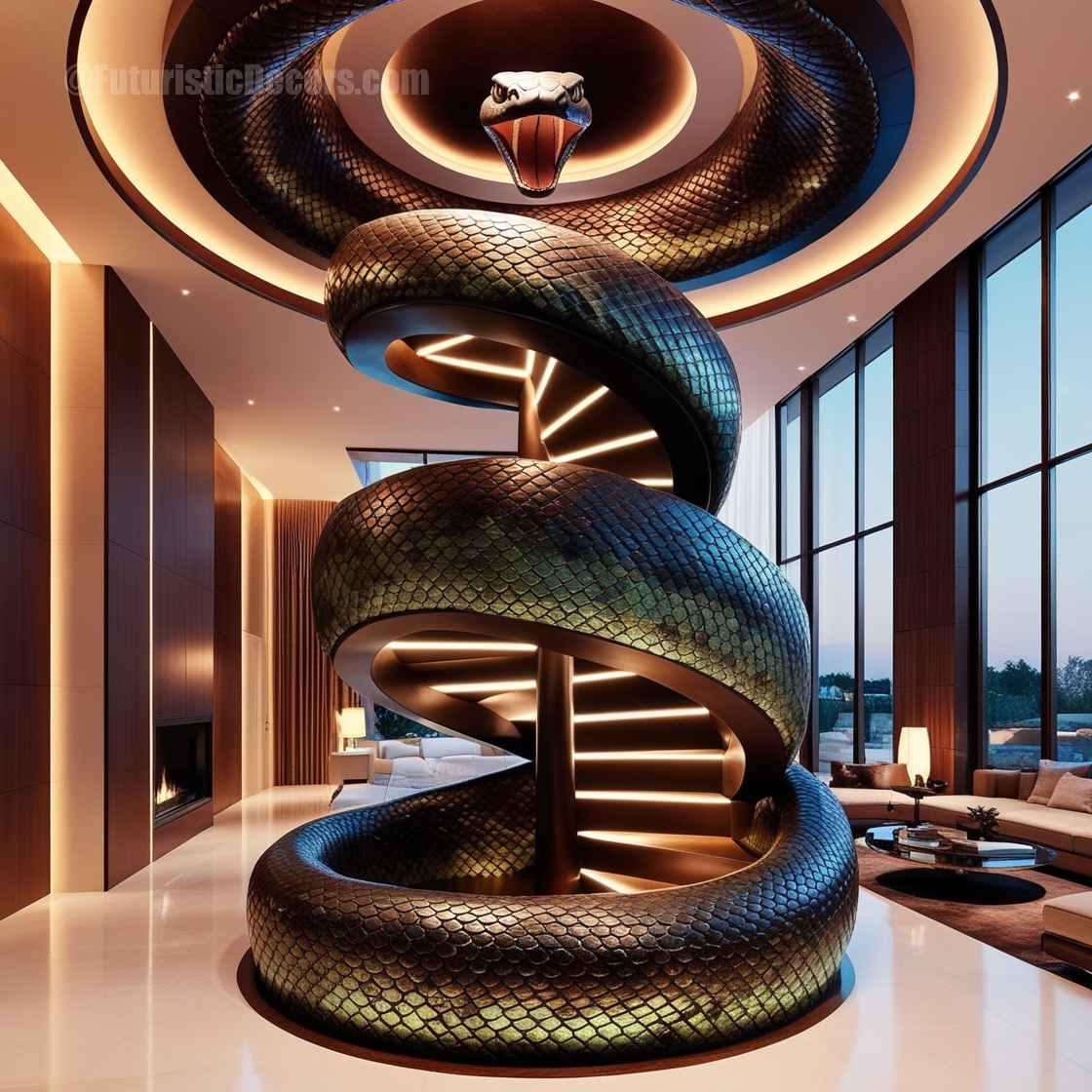
- Metal and Glass: A popular combination for modern Snake Shaped Staircases is the use of metal for the structure and glass for the steps or balustrades. This blend of materials creates a look that is both industrial and ethereal. The metal framework provides the necessary strength and durability, while tempered glass panels or steps highlight the fluid lines and grant a sense of lightness, almost as if the staircase is defying gravity. The reflective surfaces catch and scatter light, adding to the visual dynamism of the design.
- Wood and Stone: For a more natural or organic aesthetic, integrating wood or stone can evoke warmth and earthy elements. A wooden Snake Shaped Staircase might feature curved wooden balusters and treads that emphasize the natural grain of the wood, while stone can be used to create a sense of permanence and grandeur. Combining these materials thoughtfully can result in a staircase that feels grounded, warm, and timeless while still embracing the serpentine elegance that defines its shape.
- Composite and Sustainable Materials: As sustainability becomes more integral to design, many designers are exploring composite materials or recycled products that allow for creative expression while minimizing environmental impact. These materials can be engineered to mimic the look and feel of their natural counterparts, giving designers the freedom to create shapes and curves that might be difficult with traditional materials alone.
- Lighting Techniques: Lighting is a crucial component in highlighting the contours of a Snake Shaped Staircase. Integrated LED strip lights along the handrail or beneath the steps can accentuate the curves and create a sense of floating or movement. Smart lighting systems that adjust in intensity and color temperature according to the time of day or user preference can enhance the staircase’s dramatic presence, creating different moods and atmospheres within the space.
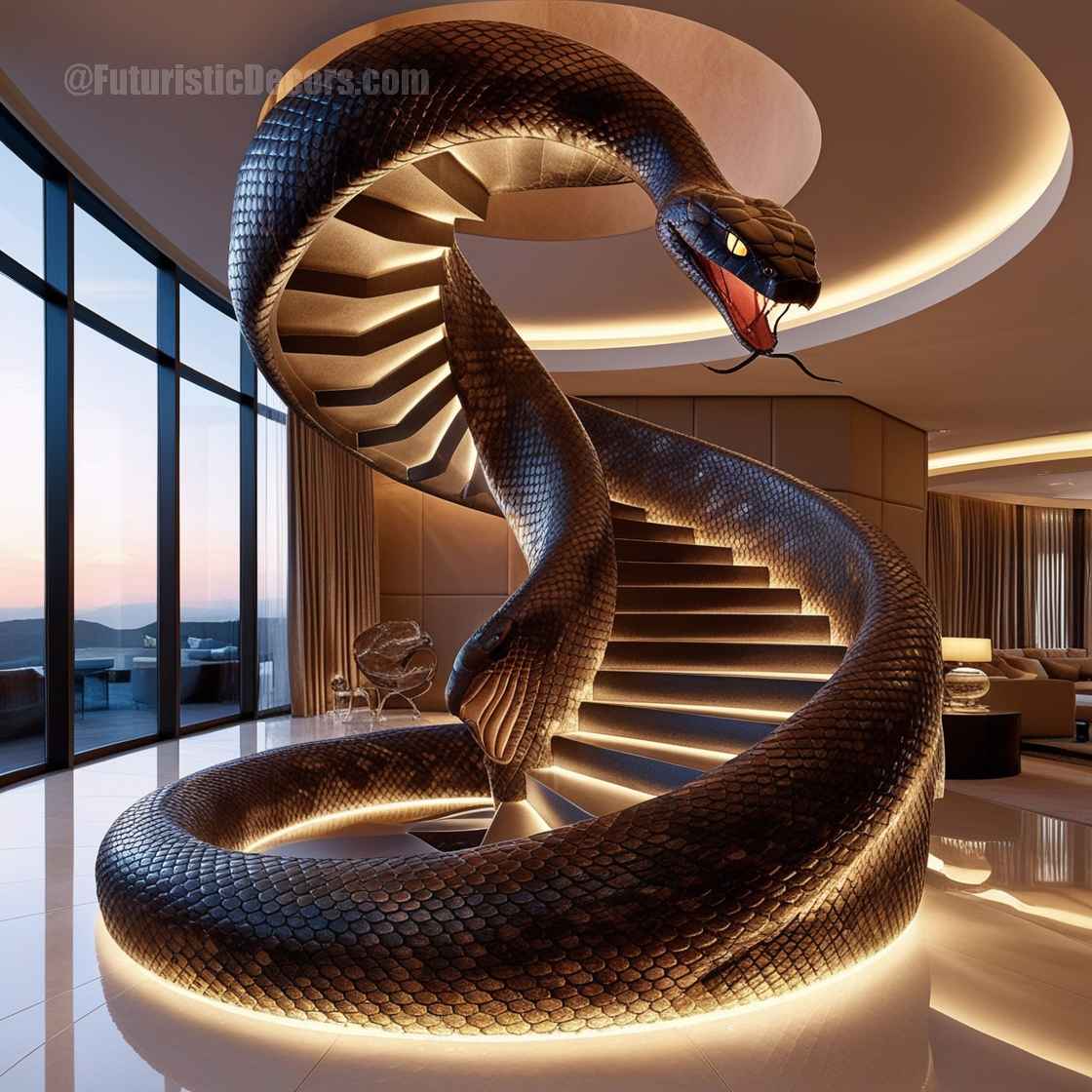
The techniques used to construct these staircases are just as innovative as the design itself. CNC machining and 3D printing technologies allow for precise fabrication of complex curves and patterns that would be incredibly challenging to achieve by hand. Skilled craftsmen might also employ traditional methods, such as hand-carving or forging metal, especially in projects where a bespoke, artisanal touch is desired. The fusion of modern technology with time-honored craftsmanship results in a staircase that is not only a functional object but also a work of art.
Innovative and Futuristic Design Trends
The rise of Snake Shaped Staircases is part of a broader movement towards futuristic and organic architectural design. As architects and interior designers seek to break away from rigid, linear forms, the fluidity of snake-inspired forms offers a compelling alternative.
One emerging trend is the concept of adaptability—staircases that are not fixed in function but can transform based on need. Imagine a staircase that features modular components that can change the route or configuration depending on the season, the event, or the specific use of a space. This concept aligns with the flexibility inherent in the Snake Shaped Staircase, which can be designed to adapt to various spatial requirements and aesthetic preferences.
Another futuristic consideration is the integration of technology. Smart staircases equipped with sensors, touch-activated lighting, or even interactive displays integrated into the balustrade can enhance both safety and user experience. For instance, sensors embedded in the steps can detect movement and adjust lighting accordingly, or provide real-time feedback on usage patterns to homeowners interested in optimizing their space’s energy efficiency or maintenance schedule. Augmented reality (AR) apps could allow users to visualize different finishes or lighting schemes for their Snake Shaped Staircase in real time before making a commitment.
Sustainability remains at the forefront of design considerations. Designers are exploring ways to incorporate renewable energy elements, such as solar-powered lighting or energy-harvesting steps that convert kinetic energy into electrical power. The challenge is to seamlessly integrate these technologies without detracting from the fluid aesthetic of the staircase. With careful planning, the Snake Shaped Staircase can embody both form and function, marrying aesthetics with practical, eco-friendly solutions.
Harmonizing with Interior Decor
A Snake Shaped Staircase is not just an isolated feature but a transformative element that influences the overall interior décor. Its bold presence can set the tone for the entire room or even the entire residence, acting as a bridge between different design elements, floors, or rooms.

To harmonize a Snake Shaped Staircase with the rest of your interior design, consider the following strategies:
- Color Palette: The materials and finishes used in the staircase should complement the room’s color scheme. A black metal staircase with glass accents might serve as a bold contrast against a light-colored wall, while a wooden staircase might blend seamlessly with warm, natural tones. Selecting colors that echo other design elements in the space—such as furniture, rugs, or artwork—creates a cohesive look.
- Spatial Flow: The fluid motion of a Snake Shaped Staircase naturally guides movement through a space. Position the staircase so that it leads the eye towards a focal point, whether that’s an artistic installation, a panoramic view through large windows, or a cozy sitting area. The curves of the staircase can carve out distinct zones, subtly partitioning different functional areas without the need for walls.
- Complementary Decor: Accessories and furnishings that reflect the serpentine theme can amplify the staircase’s impact. Curved furniture, flowing textiles, and organic shapes in lighting fixtures can echo the lines of the staircase, creating a harmonious dialogue throughout the space. A room that celebrates curves and fluidity will naturally complement a Snake Shaped Staircase, reinforcing the theme of natural elegance and dynamic design.
- Natural Elements: Bringing nature inside can enhance the organic feel of a Snake Shaped Staircase. Houseplants, water features, and natural stone accents can create a serene environment that mirrors the fluidity of the design. The interplay of natural elements with the engineered curves of the staircase creates a symbiotic relationship between the built environment and the natural world.
Practical Considerations and Safety
While the aesthetic appeal of Snake Shaped Staircases is undeniable, practicality and safety must always be at the forefront of design. These staircases present unique challenges that require thoughtful solutions to ensure they are as functional as they are beautiful.
- Safety Standards: Building codes and safety standards dictate certain requirements for stairs, including tread depth, riser height, and railing strength. The non-linear nature of a Snake Shaped Staircase may require custom solutions to meet these standards without compromising on the fluid design. Designers must work with engineers to ensure that handrails provide continuous support, that steps are uniformly spaced, and that the overall structure can handle the stresses of daily use.
- Accessibility: Considering accessibility is crucial. While the winding nature of the staircase adds intrigue, it should not impede safe and comfortable movement for all users, including children, the elderly, or those with disabilities. Features such as non-slip surfaces, appropriate lighting, and ample headroom around curves can make a Snake Shaped Staircase welcoming and safe for everyone.
- Maintenance: The unique curves and materials of a Snake Shaped Staircase might require specialized cleaning and maintenance routines. Glass components need regular cleaning to keep their clarity, wood elements may require periodic refinishing, and metal parts might need treatments to prevent corrosion. Incorporating design features that allow for easy cleaning—such as removable handrails or strategically placed access panels—can help maintain the staircase’s pristine appearance over time.
- Cost and Time: Custom-designed architecture can be more expensive and time-consuming than off-the-shelf solutions. However, the investment in a Snake Shaped Staircase is not just monetary but also one of long-term value. These staircases serve as a signature piece in a home, often increasing property value and leaving a lasting impression on visitors. Proper budgeting, choosing the right professionals, and clear communication of your vision can help mitigate costs and timeline uncertainties.
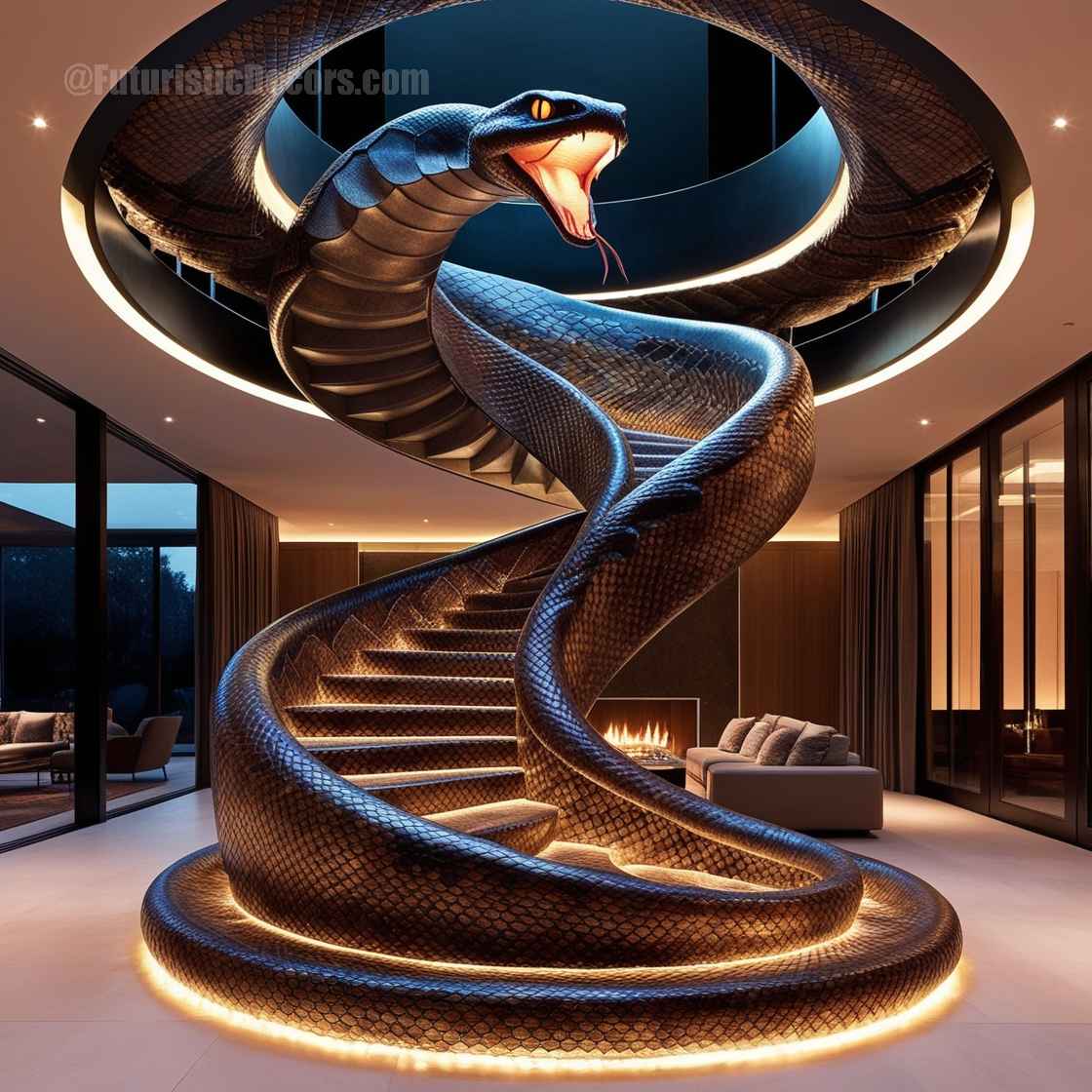
Case Studies and Real-World Applications
To better understand how Snake Shaped Staircases can transform interior spaces, let’s explore hypothetical yet realistic scenarios where they have been implemented:
Modern Urban Loft:
Imagine a spacious loft with high ceilings, exposed brick walls, and an open-plan layout. A Snake Shaped Staircase in the center of the space becomes a dramatic focal point, connecting the ground floor to a mezzanine reading nook. The staircase, made of brushed steel and tempered glass, catches the natural light streaming through large industrial windows. Its curves guide residents effortlessly through the loft, while integrated LED lighting outlines each step, creating a path of subtle illumination at night. The result is an airy, futuristic space that feels both organic and cutting-edge.
Luxury Residence:
In a high-end residence, a Snake Shaped Staircase carved from rich mahogany with intricate metalwork railings serves as the centerpiece of the main foyer. The staircase spirals elegantly through a double-height ceiling, surrounded by floor-to-ceiling windows that offer panoramic views of the city. The warm wood tones contrast beautifully with the sleek metal accents and reflective glass panels, creating an ambiance of timeless sophistication blended with modern flair. The serpentine form of the staircase mirrors the flowing lines of contemporary art pieces displayed throughout the home, tying together art, architecture, and interior design in a cohesive narrative.
Boutique Hotel Lobby:
A boutique hotel lobby aims to create a memorable first impression. Here, a Snake Shaped Staircase not only connects the lobby to an upper mezzanine bar but also serves as an art installation. The staircase is crafted from a combination of dark stone and brass, with each step illuminated by hidden LED lights that pulse gently, evoking the movement of a living creature. As guests approach the staircase, they experience a sense of awe and curiosity, setting the tone for the unique experience the hotel offers. The fluid design of the staircase seamlessly integrates with plush seating areas, modern art exhibits, and ambient lighting, creating an inviting and otherworldly atmosphere.
The Psychological Impact of Organic Design
Integrating organic, fluid forms like those seen in Snake Shaped Staircases can have profound psychological effects on occupants. The human brain is naturally drawn to patterns and shapes found in nature, which can evoke a sense of calm and well-being. The sinuous curves of a snake-shaped design can provide a soothing rhythm to otherwise static, angular spaces.
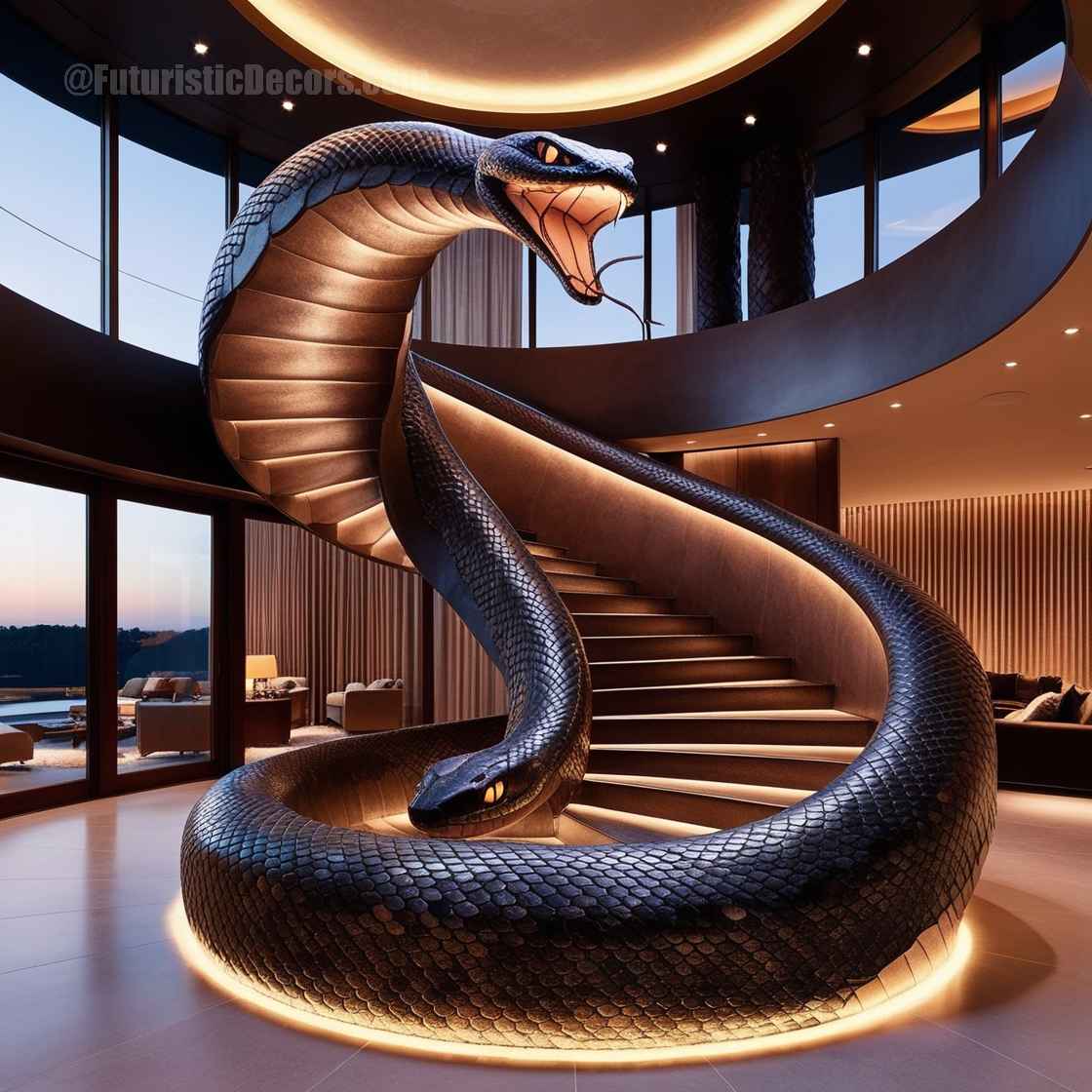
Moreover, these organic forms encourage movement and interaction. They break down barriers between floors and create a sense of flow, making the environment feel more connected and less compartmentalized. This openness can foster creativity, collaboration, and a sense of freedom, particularly in workspaces or communal areas.
Future Possibilities and Conclusion
As we look ahead, the concept of Snake Shaped Staircases opens up limitless possibilities for innovation in interior design. With advancements in materials science, digital fabrication, and smart home technologies, designers will continue to push the boundaries of what is possible, creating stairs that are not only striking in appearance but also interactive, sustainable, and deeply integrated with the fabric of the spaces they inhabit.
Imagine a future where your staircase adjusts its illumination based on the time of day, or where its curves change subtly to guide you toward different experiences within your home—maybe leading you to a hidden reading nook one day, and a vibrant entertainment space the next. The adaptability and transformative nature of Snake Shaped Staircases make them a canvas for such imagination, merging art, technology, and architecture in ways that enrich our daily lives.
_____________________
In conclusion, the Snake Shaped Staircase represents more than just a means of moving between floors; it is a statement of design philosophy, an expression of creativity, and a catalyst for interior transformation. Its fluid form challenges traditional conventions, inviting us to embrace change, innovation, and the organic beauty found in nature. Whether through intricate craftsmanship, innovative materials, or cutting-edge technology, the journey of creating and integrating a Snake Shaped Staircase into your interior is a testament to the transformative power of design. It is an opportunity to redefine your space, evoke emotion, and offer a glimpse into a future where architecture and nature coexist in stunning harmony.


